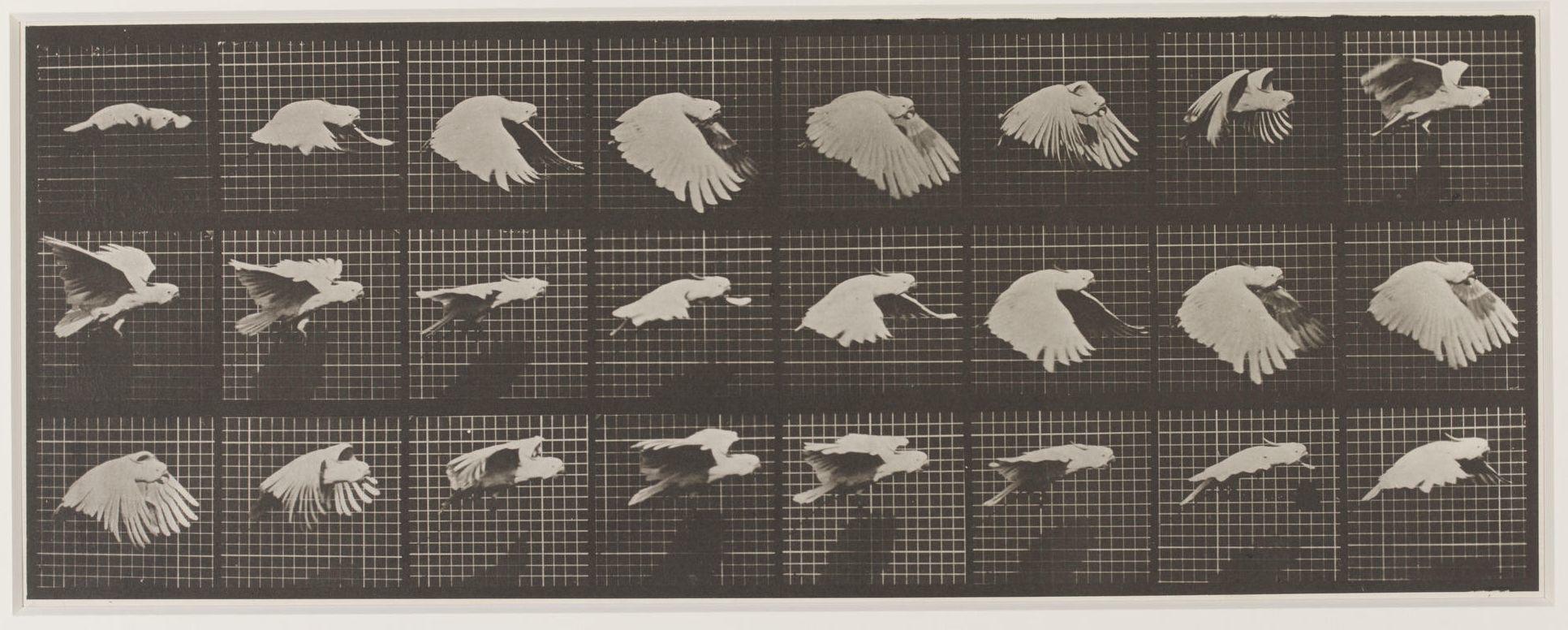With the role of pioneer in the world of moving photography, Eadweard Muybridge made history through a revolutionary invention. His works in the sector have in fact allowed the development of new technologies that led to the birth of cinema.
Who was Eadweard Muybridge
Eadweard Muybridge, born Edward James Muggeridge (Kingston upon Thames, April 9, 1830 – Kingston upon Thames, May 8, 1904) was a British photographer who was instrumental in the birth of cinema. After completing his schooling, he enters the world of work as a bookseller and publisher, slowly becoming interested in world of photography.
He begins by taking valuable images of Yosemite National Park and the one in the city of San Francisco later published under the stage name of Helios. This passion takes hold more and more in his life and so he leaves for an expedition to Alaska and specializes in industrial photography.
Eadweard Muybridge and the first experiments
To give him today the importance of forerunner of cinema and fundamental mind of photography in motion is a event of 1872.
Leland Stanford, a prominent Californian businessman, shares the following doubt with Muybridge: there is a moment during the gallop of the horse in which this one finds himself having all four legs off the ground? A question that is not at all trivial that is answered through photography.

Before the governor can get an answer, however, a few years pass as Eadweard is on trial following the murder of his wife’s lover. Given the historical period and the laws in force, it is acquitted as it is considered a legitimate murder and therefore returns towork on his experiments. Through the positioning of well 24 cameras along the way it turns out that yes, there is a moment in which the legs are raised at the same time, but not as it is usual to represent them.
Many artists in fact often depicted the horse in full extension, but after the discoveries of Muybridge many painters have resized. There camera then becomes an excellent ally for the realization of the paintings and one of the greatest supporters of this discovery is Edgar Degas, who personally undertakes to study the positions taken by the horse in the quick shots.
The launch in the cinema thanks to Eadweard Muybridge

The technique used to achieve this result is called chronophotography. This term refers to the possibility of recording a single image on a single plate, managing to show the various positions of a moving subject. In doing so, Muybridge photographs the subject through numerous shots in succession then put in sequence to give a sense of movement and dynamism.
These innovations prove to be extremely valuable for many artists who treasured the plates sold by the photographer. With the passage of time the technique is refined more and more and in 1880 he designed it zoopraxiscope a tool that projects images that can be used by more people, a big step forward in world of cinematography which will then find its true fulfillment through the work of the Lumiere brothers immediately followed by brilliant minds like that of George Méliès.

